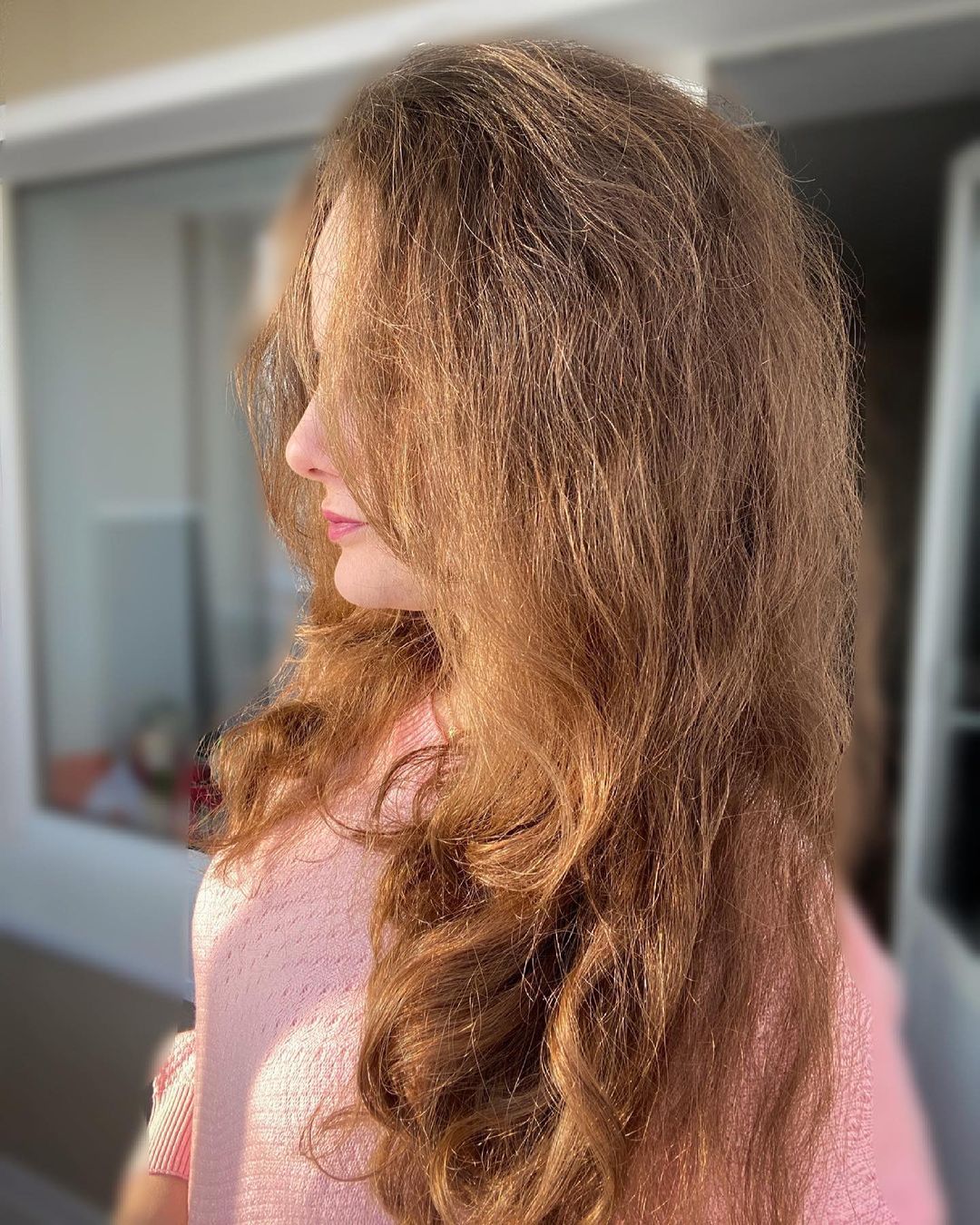
According to your number and letter, you could form a hair care routine, search for styles and look out for ingredients to apply or avoid for healthy afro hair.

Naturals with afro hair fell into 6 categories ranging from 3a to 4c, with type 3 being curly, type 4 being coily and the letters a to c indicating how tight the curls or coils were. With the rise of the natural hair movement came the hair-typing system, also known as the Andre Walker system.

Cleansing, on the other hand, isn't based on any porosity but how much build up in on the hair.Afro Hair Porosity: Closing the Gaps in Our Understanding Stevens suggests using an egg, which is packed with proteins, to help strengthen weakened strands. But if you're a DIY-er, make your own mask. Some conditioners have more protein in them, so look for conditioners with keratin, wheat, or silk protein for added strength," she explains. "High porosity hair usually needs more protein or oil to help seal in moisture. High porosity hair also needs lots of protein. Argan oil, jojoba oil, and other oil blends help to seal moisture and considered essential oils, as they mimic the oils produced by the body and leave hair feeling softer," Stevens explains. "Oils are the best way to lock in moisture into the hair. When treating high porosity hair, it's best to adopt the LCO method-liquid or leave-in conditioner, cream, oil, which refers to the sequence the products are to be applied. But if the other girl's hair takes hours, then that is high porosity hair." How do you treat high porosity hair? "Let's say two girls got out of the pool and one's hair dries in 30 minutes, that's low porosity hair. When you have low porosity hair, water or products sit at the surface of the hair instead of penetrating into the strands. "Low porosity hair has difficulty accepting moisture, the water repels off the hair and is usually very dry," Stevens continues. How does it differ from low porosity hair? "For example, if it takes a day to dry or it takes a longer time than average to blow dry your hair, then you know you have high porosity hair." "If your hair takes a long time to dry, it typically means it's highly porous," she explains. But the easier way to figure out your porosity, Stevens says, is to think about how long your hair takes to dry. If your hair floats to the top, it's low porosity, and if your hair just rests in the middle, it's normal. To determine your hair's porosity, you can perform a porosity test by taking a strand of your hair and dropping it in a cup of water if your hair sinks to the bottom, it's highly porous.

How can you tell if you have high porosity hair?įirst things first, there are three porosity categories: low, normal, and high. To break down high porosity hair even further, celebrity hairstylist and Cantu ambassador Angela Stevens explains everything you need to know. Frizz and dryness are clear indicators of high porosity hair and can put a damper on the two-strand twist out you worked so hard to achieve. In layman's terms, hair porosity is the hair's ability to retain and absorb moisture and affects how your hair responds to products and styles. But what I didn't realize is that I could adopt different methods and use a bevy of products to give my hair its best life, but none of that matters if I don't understand my hair's porosity. According to YouTube, I have a 4c hair type, and according to how coarse and dull my hair gets after some time (mainly due to my laziness), my hair veers toward the dry side. If going natural taught me anything, it's that I don't know everything there is to know about my hair-no matter how many YouTube videos I watch.


 0 kommentar(er)
0 kommentar(er)
